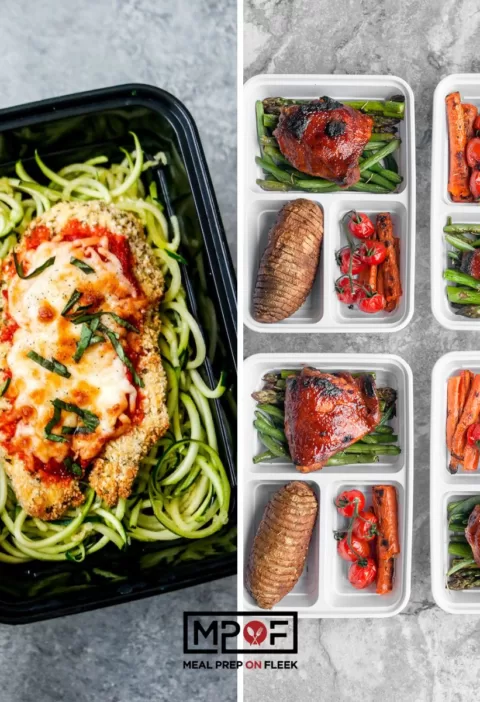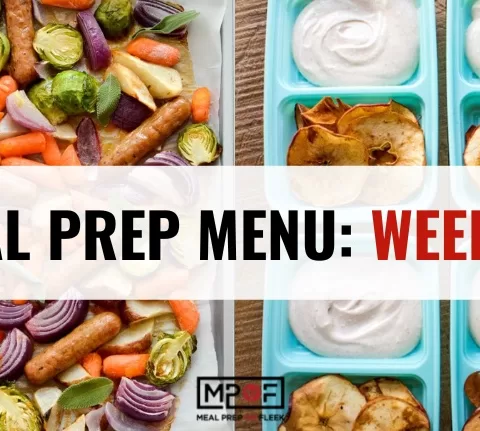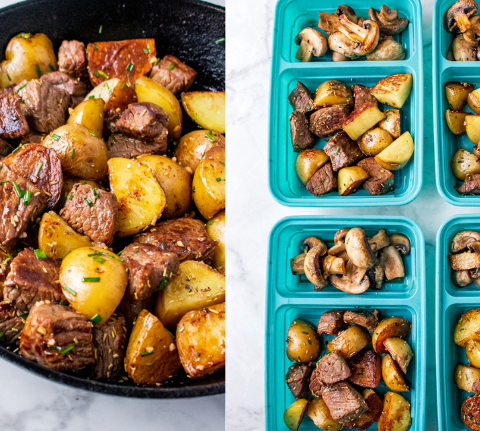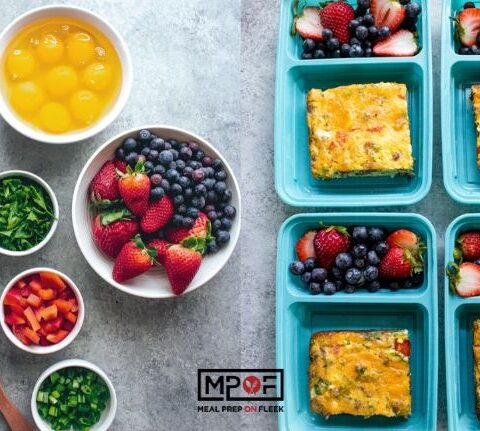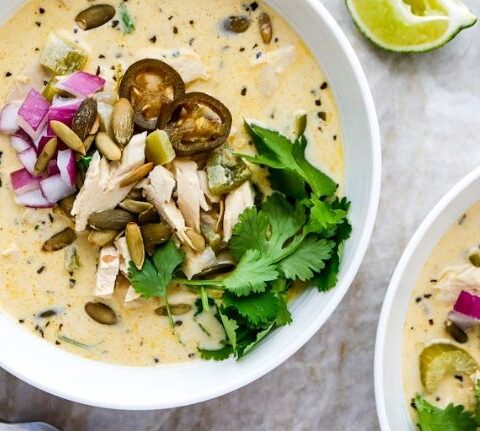Ever wonder how to cook with vinegar? It's more than just an ingredient in your salad dressing!
Vinegar is an invaluable product for health, around the home, and in the kitchen. A valuable ingredient, vinegar has been used for many years to aid digestion, acid reflux, GERD, diabetes, cancer, hair and skin treatments, and even some cancers. When diluted, vinegar is safe for cleaning many things around the kitchen and bathroom, as an insect repellant, or even killing pesky weeds.
In cooking and the culinary arts, vinegar is indispensable. It can add or enhance flavors in myriad ways such as marinating, salad dressings, cooking meats, and vegetables, and more. Vinegar is thought to have originated in Babylonia around 5000 BCE, which also makes it one of the oldest commonly used ingredients today.
What is Vinegar?
According to Harvard T.H. Chan School of Public Health, vinegar is a combination of acetic acid and water made by a two-step fermentation process. First, yeast feeds on the sugar or starch of any liquid from a plant food such as fruits, whole grains, potatoes, or rice. This liquid ferments into alcohol. The alcohol is then exposed to oxygen and the acetic acid bacteria Acetobacter. The combination will ferment again over weeks or months, forming vinegar. There are many types of vinegar, though there is a handful that has remained the most popular.
Apple cider vinegar, balsamic vinegar, distilled white vinegar, red wine vinegar, and rice wine vinegar comprise some of the most common types used at home. We will explain each one, its uses, and how it can assist your meal prep needs.
Apple Cider Vinegar
Apple cider vinegar is a type of vinegar made from crushed apples, yeast, and sugar. It's very common to find it in bottles labeled "raw," or unfiltered, which means the vinegar retains the cloudy sediment from the yeast and good bacteria—often referred to as "the mother." Some evidence suggests the raw form of apple cider vinegar may have additional health benefits. According to WebMD, apple cider vinegar may be good for boosting metabolism, lowering blood sugar, and lowering cholesterol. It sure tastes great and adds an acidic kick to food!
Instant Pot Beef Barbacoa
Rich with subtle spicy and deep flavors, this Instant Pot beef barbacoa meal prep recipe makes for the perfect simple, delicious, and easy dish that works for both a weekday meal prep and quick dinners. The apple cider vinegar is what gives this dish an extra kick, enhancing the flavors while providing a rich balance.
(Carbs: 23g - Protein: 41g - Fat: 34g)
Balsamic Vinegar
Traditional balsamic vinegar is made from freshly crushed grape juice with all of the skins, seeds, and stems. Originating in Moderna, Italy, balsamic vinegar's traditional uses do not incorporate it in cooking, but rather as a topping on fruits, creamy desserts, or cheese. It has fragrant notes and hints of sharp-to-soft spices. Modern uses of balsamic vinegar include vinaigrettes, glazes, and various cooked dishes. When cooking with balsamic vinegar, you don't need to spend a lot of money. A decent bottle of it will go for well under $10.
Balsamic Caprese Chicken
Bursting with fresh flavors of Italy and easy to make, you’re going to want this balsamic Caprese chicken meal prep recipe on repeat.
(Carbs: 30g - Protein: 41g - Fat: 13g)
Distilled White Vinegar
Distilled white vinegar, also known as white vinegar, is the most common vinegar for cleaning, although there are many cooking applications for it. Poaching eggs, making buttermilk, and even making royal icing are some common uses of white vinegar in cooking. According to Food & Wine, when you feed oxygen to a vodka-like grain alcohol, you get distilled white vinegar. This causes bacteria to grow and acetic acid to form, which gives vinegar its sour taste. (Note: Vinegar can be made from any alcohol — wine, cider, beer. But grain alcohol gives distilled white vinegar its neutral profile._
Middle Eastern Breakfast Salad Bowls
Want to begin your day with a bright, fresh, and delicious veggie-packed breakfast? Then this Middle Eastern inspired breakfast bowl is calling your name. The distilled white vinegar helps the egg whites set and create a more uniform poached egg.
(Carbs: 32g - Protein: 10g - Fat: 12g)
Red Wine Vinegar
Red wine vinegar is made from red wine which also uses yeast and sugar to further ferment the alcohol into vinegar. It is a staple in Mediterranean cooking and as a salad dressing.
Sheet Pan Thyme Pork Chops & Marinated Salad
You’re going to love this sheet pan pork chops and tomato cucumber salad with its simple ingredients. The red wine vinegar brightens the salad and compliments the pork chops!
(Carbs: 6g - Protein: 23g - Fat: 28g)
Rice Wine Vinegar
Rice wine vinegar, also known as rice vinegar, is a staple in East Asian cuisine. When rice wine ferments further, it results in rice wine vinegar and imparts a slightly sweet and sour flavor profile.
Lighter Mango Chicken Sticky Rice Meal Prep
This Mango Chicken uses rice wine vinegar to brighten the dish. And a kick of spice balances the natural sweetness of the mangos. Served with Asian sticky rice.
(Carbs: 52g - Protein: 15g - Fat: 13g)



